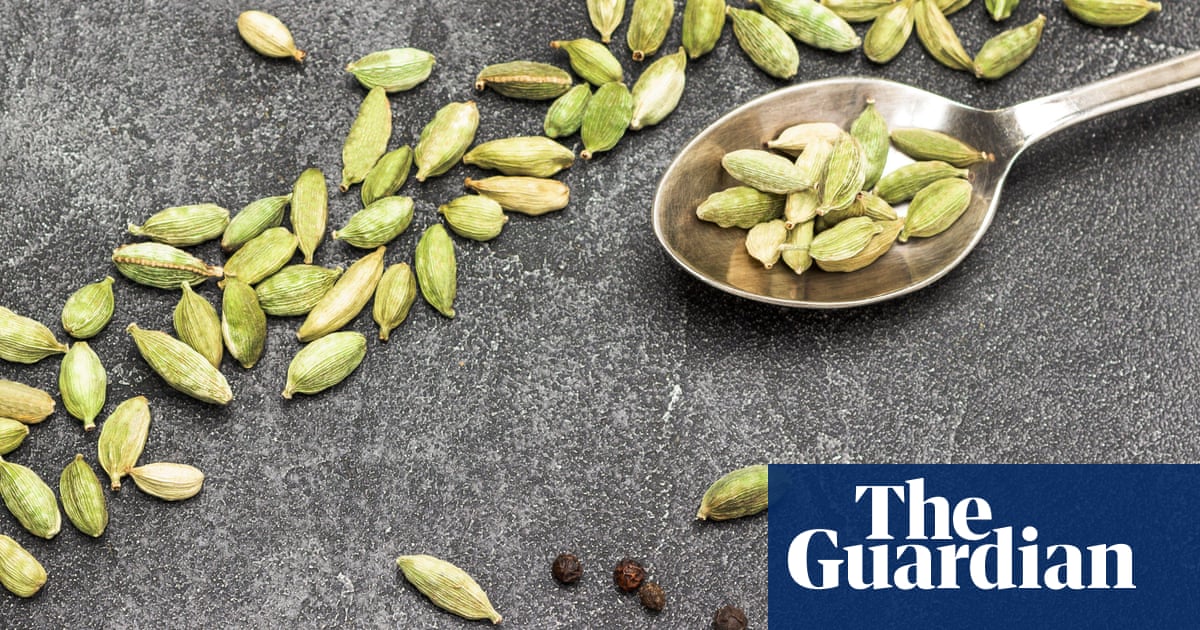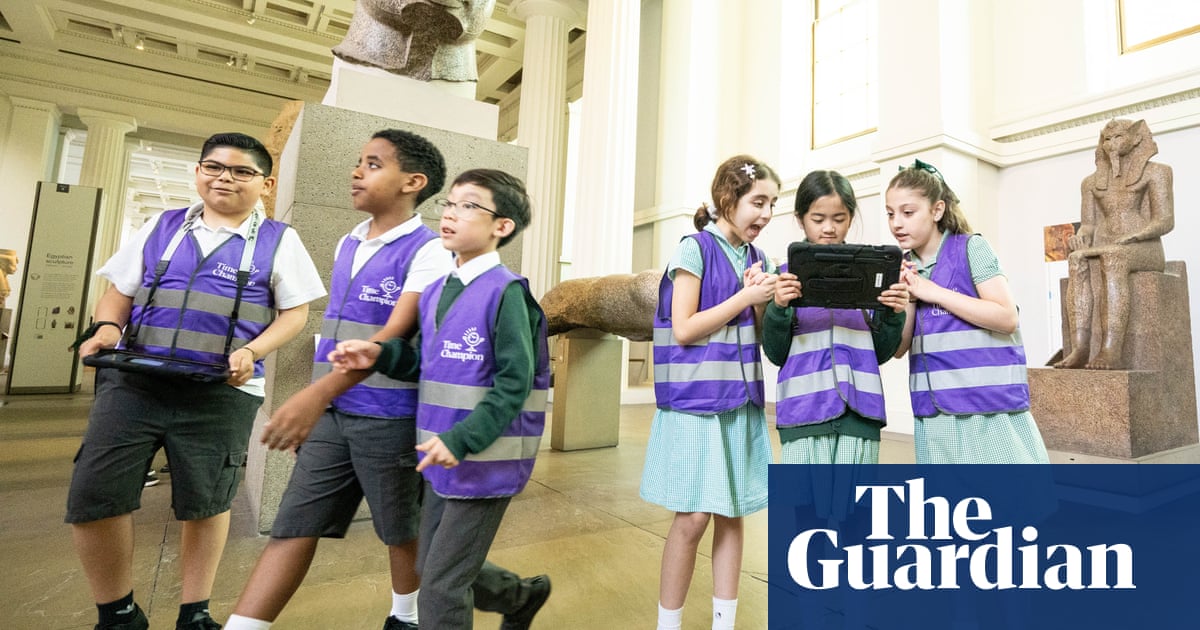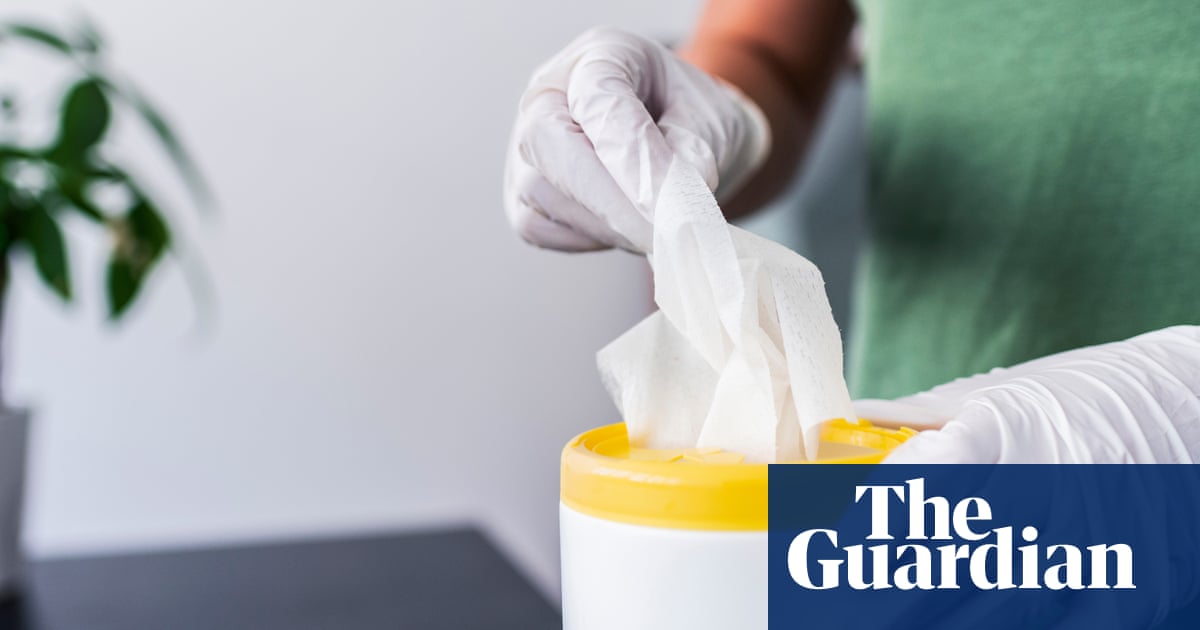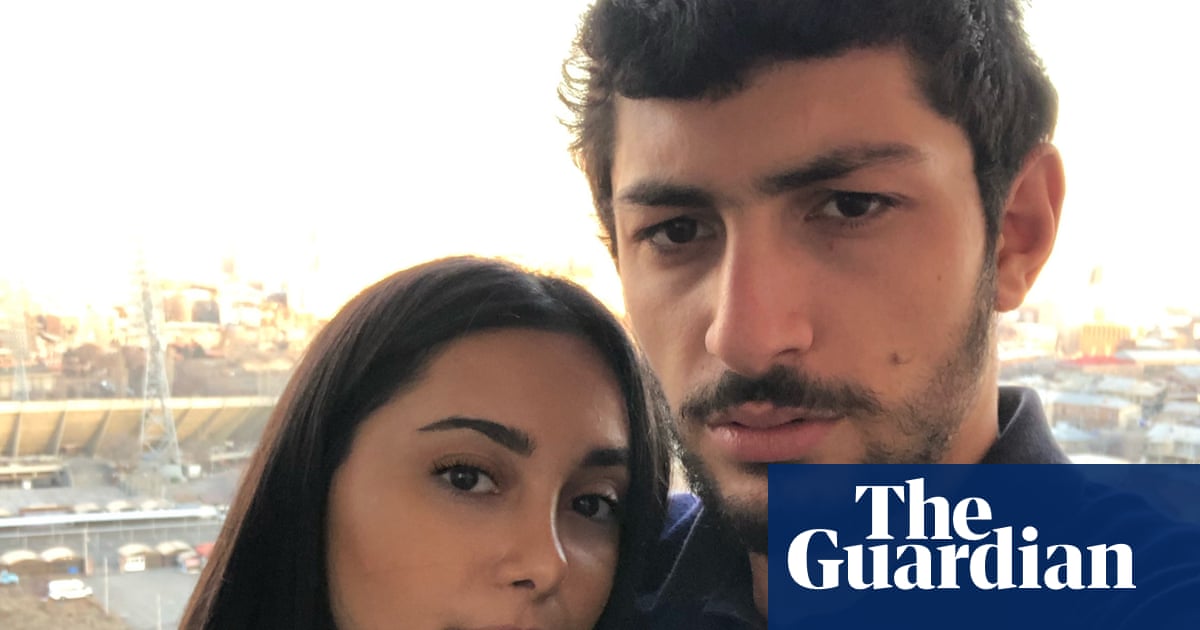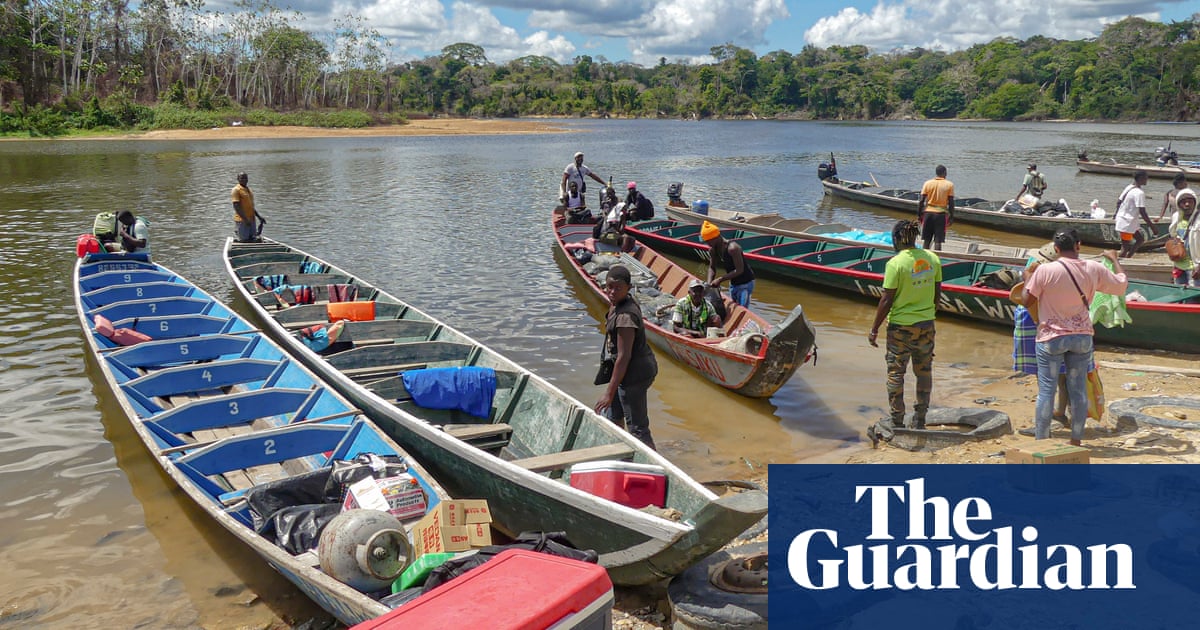An internationally renowned mushroom expert who discovered death caps near Erin Patterson’s home has started giving his evidence in her triple murder trial.
Dr Thomas May, a mycologist or scientist specialising in fungi, appeared in Patterson’s trial on Tuesday.
Patterson, 50, has pleaded not guilty to three charges of murder and one charge of attempted murder relating to the lunch she served at her house in Victoria’s Leongatha on 29 July 2023.
Patterson is accused of murdering her estranged husband Simon’s parents, Don and Gail Patterson, his aunt Heather Wilkinson, and attempting to murder Ian Wilkinson, Simon’s uncle and Heather’s husband.
Erin Patterson: how Australia's alleged mushroom poisoning case unfolded — a timeline
Show29 July 2023
Erin Patterson hosts lunch for estranged husband Simon’s parents, Don and Gail Patterson, and his aunt and uncle Heather and Ian Wilkinson. Patterson serves beef wellington.
30 July 2023
All four lunch guests are admitted to hospital with gastro-like symptoms.
4 August 2023
Gail Patterson and Heather Wilkinson die in hospital.
5 August 2023
Don Patterson dies in hospital. Victoria police search Erin Patterson’s home and interview her.
23 September 2023
Ian Wilkinson is discharged from hospital after weeks in intensive care.
2 November 2023
Police again search Erin Patterson’s home, and she is arrested and interviewed. She is charged with three counts of murder relating to the deaths of Don and Gail Patterson and Heather Wilkinson, and the attempted murder of Ian Wilkinson.
29 April 2025
Murder trial begins. Jury hears that charges of attempting to murder her estranged husband Simon are dropped.
The court has previously heard the lunch guests died after being poisoned with death cap mushrooms that were in a paste used by Patterson to make individual beef wellingtons.
The prosecution alleges Patterson deliberately poisoned her lunch guests with “murderous intent”, but her lawyers say the poisoning was a tragic accident.
May told the court on Tuesday that death cap mushrooms were most commonly reported in May, and outlined the three known sightings of death cap mushrooms in the Gippsland region, and the “citizen science” website iNaturalist, which is often used to report sightings.
Nanette Rogers SC, for the prosecution, said in her opening statement to the jury last month that May posted on iNaturalist about a discovery of death cap mushrooms under his profile name “funkeytom” in May 2023.
The post on iNaturalist, a site which is publicly available but requires a profile in order to post observations, included photos and GPS coordinates within about 20 metres of where May discovered the death cap mushrooms in Neilson Street, Outtrim, Rogers told the jury.
She said in her opening statement that the prosecution alleges Patterson’s phone data suggests she travelled to the Outtrim area the day after May posted about his discovery on iNaturalist. The site is about 20km from her Leongatha home.
May said he came across the death cap mushrooms while on a short walk after speaking to a community group in Outtrim about fungi.
He said that he included photos, latitude and longitude and geo-coordinates in his post, but not the specific street.
He was also shown two photos of mushrooms on scales, one of which he said appeared highly consistent with death cap mushrooms, and another he said appeared to be commercially grown button mushrooms.
May was also asked by Rogers on Tuesday about another case of fatal death cap mushroom poisoning. He noted there was no central registry of such cases, but said he was familiar with a case reported in 1997 which involved a husband and wife who cooked wild mushrooms, resulting in the husband dying in hospital.
Under cross-examination from Sophie Stafford, for Patterson, May said that young death cap mushrooms could also be predominantly white, rather than the greenish or brownish colour exhibited in mature specimens.
He said there were also mushrooms with white gills, like death caps, which were non-toxic mushrooms.
May agreed with Stafford that distinguishing between toxic and edible fungi could be difficult, even for specialists. There were no simple rules to make such a distinction, he agreed.
after newsletter promotion
Stafford showed 10 photographs of mushrooms, later all revealed to be death caps, to May, asking whether he could identify each one.
May said that all 10 images showed mushrooms which were “consistent” with death caps, but that he felt he could say that with more likelihood in some cases than others.
He said that in all cases he would be asking for more information than the single photo.
He agreed that the exercise demonstrated the difficulties of performing such an identification using one photograph.
May was also taken to work he had published, including a book he co-authored, Wild Mushrooming: A Guide for Foraging and another study of which he was a co-author, which focused on how certain apps used for foraging mushrooms were incorrectly identifying species.
One of those apps was iNaturalist, the court heard, specifically in relation to a feature which used AI.
May said the study occurred because the use of the apps was increasing and he agreed that there was also evidence that foraging for mushrooms had become more popular in Victoria, and that may be linked to the pandemic.
May’s cross-examination will continue on Wednesday.
The jury was also shown photos on Tuesday of leftovers of the beef wellington lunch, which it heard were transported to Melbourne with Patterson via ambulance.
It also heard from two further witnesses who said Patterson told them the mushrooms used in the beef wellington were partially sourced from an Asian grocer.
Dr Varuna Ruggoo, an emergency physician at Monash Health who assessed Patterson on 1 August 2023, said she appeared clinically well at the time.
She said a review of Patterson undertaken by a colleague earlier that day concluded “there was no evidence of any sort of liver toxicity and that she was stable to be discharged”.
Notes from the same colleague indicated that Patterson was not suffering from amanita phalloides – death cap mushroom – poisoning, Ruggoo said.
The trial continues.

 5 hours ago
3
5 hours ago
3






